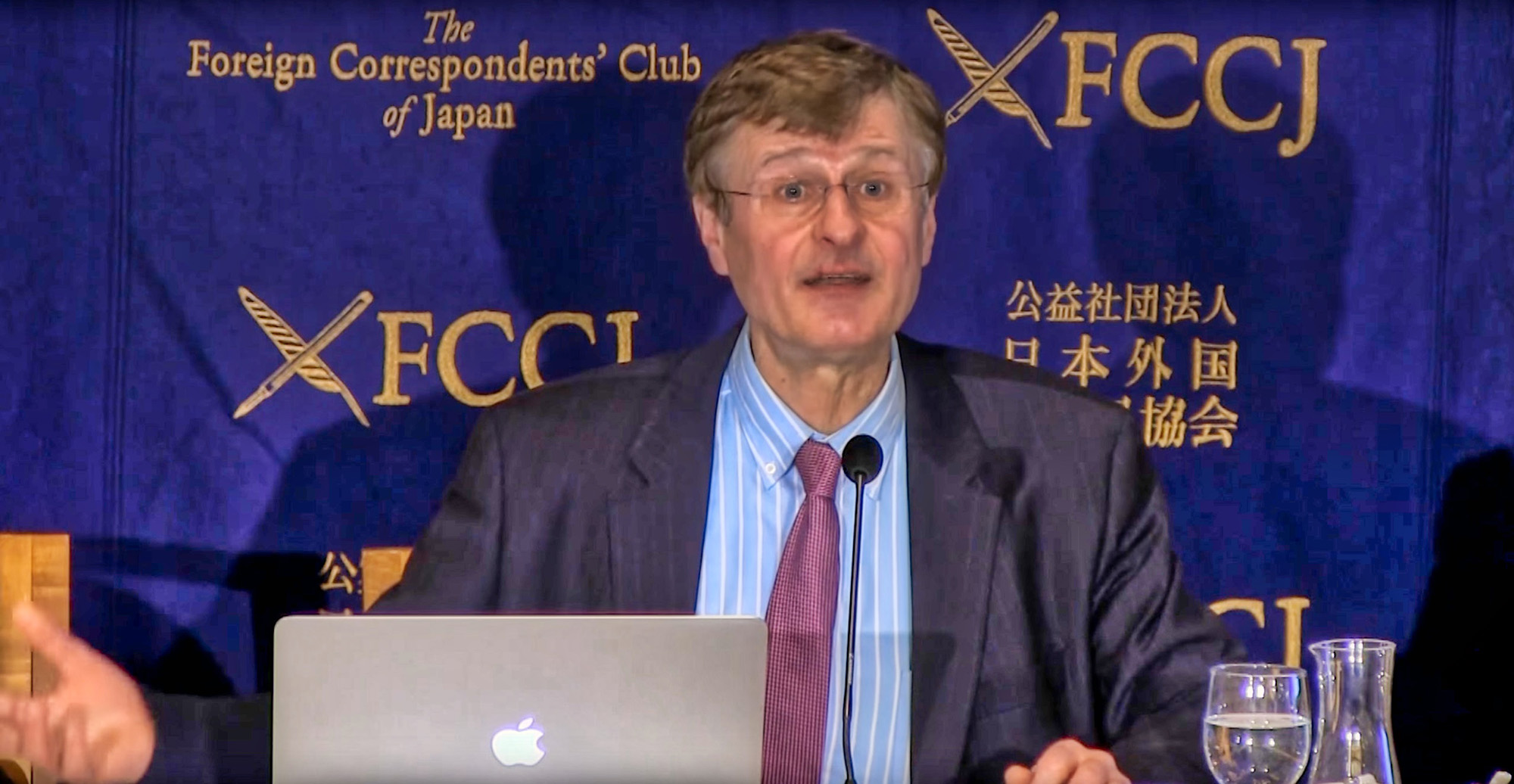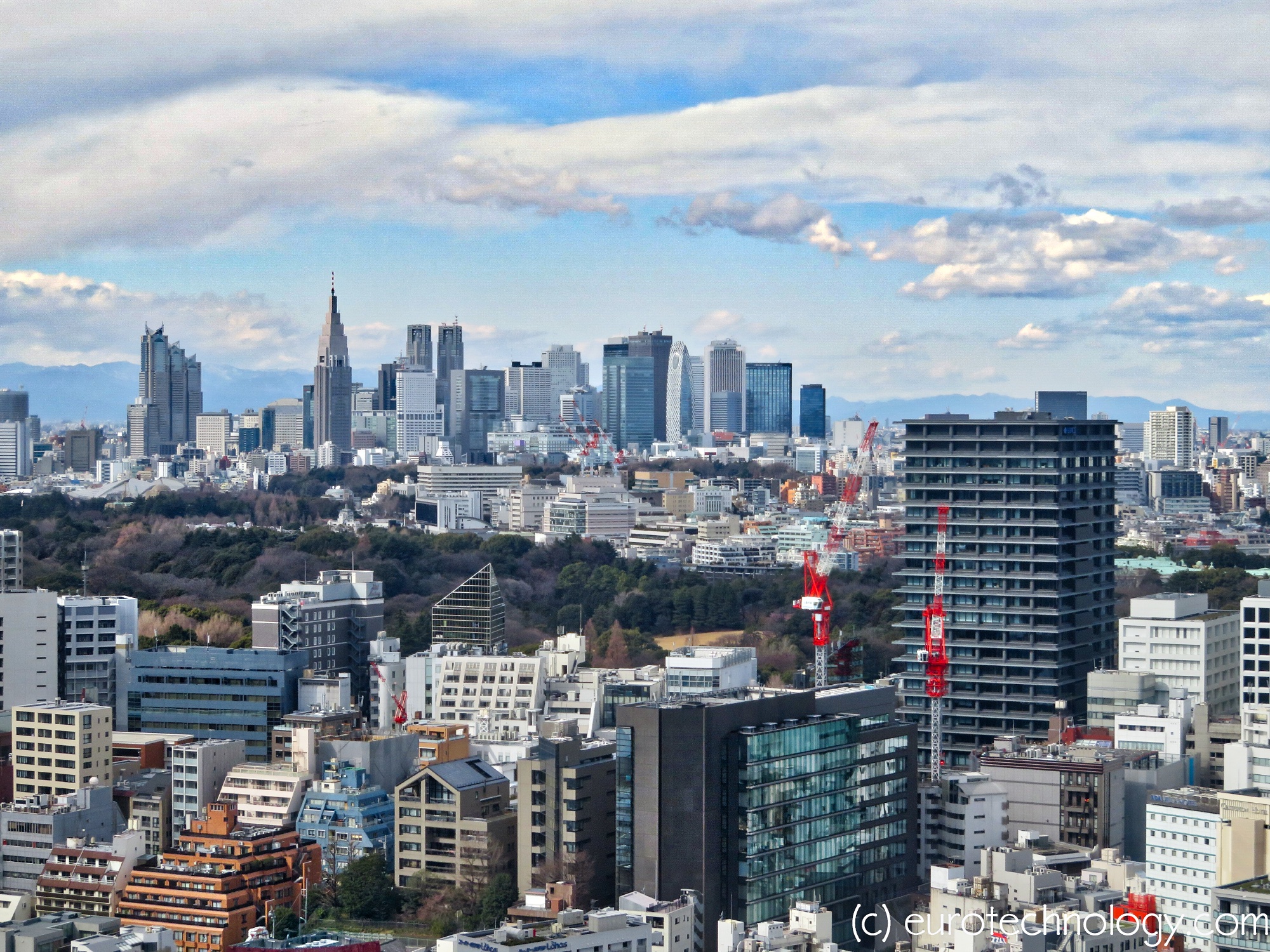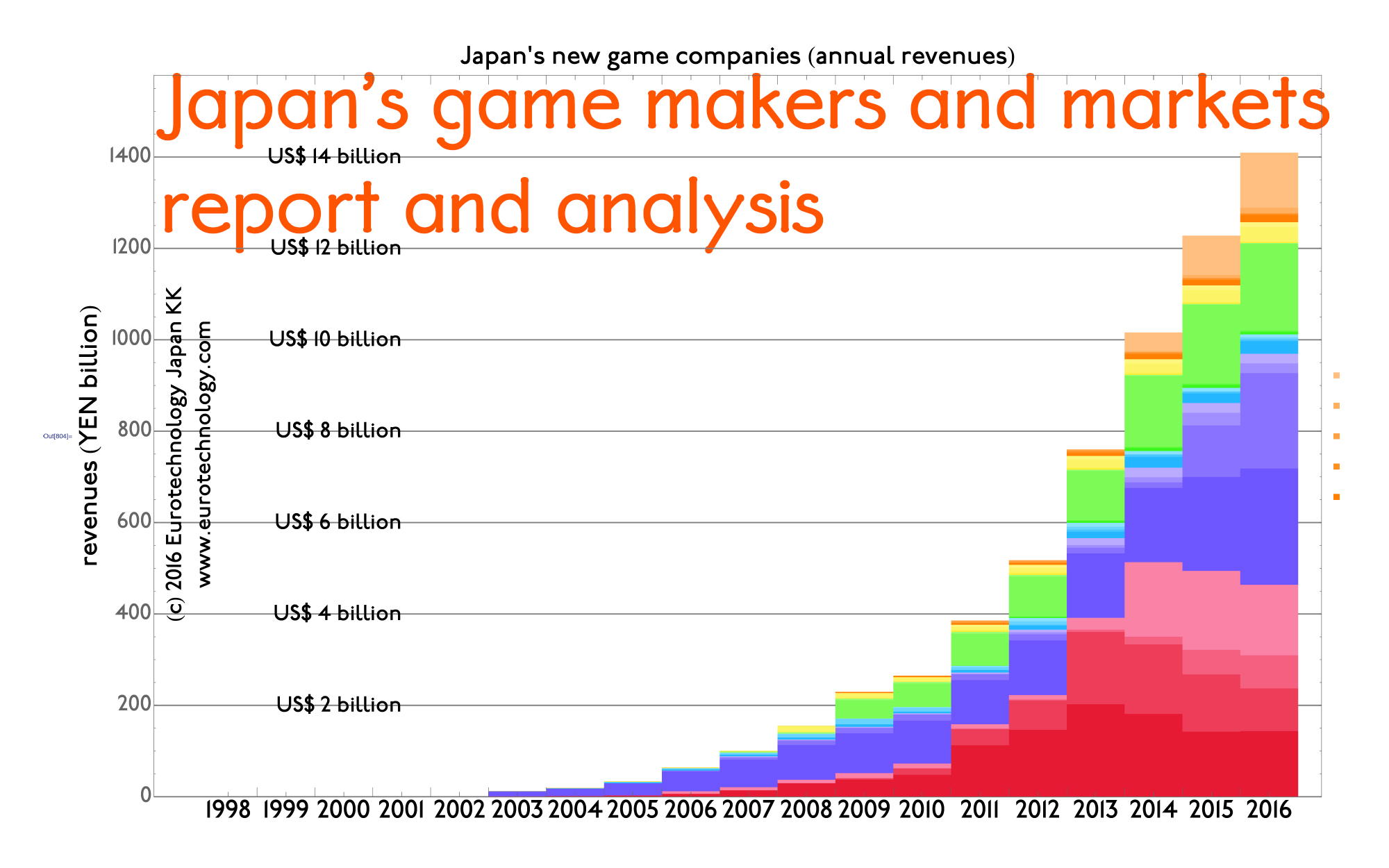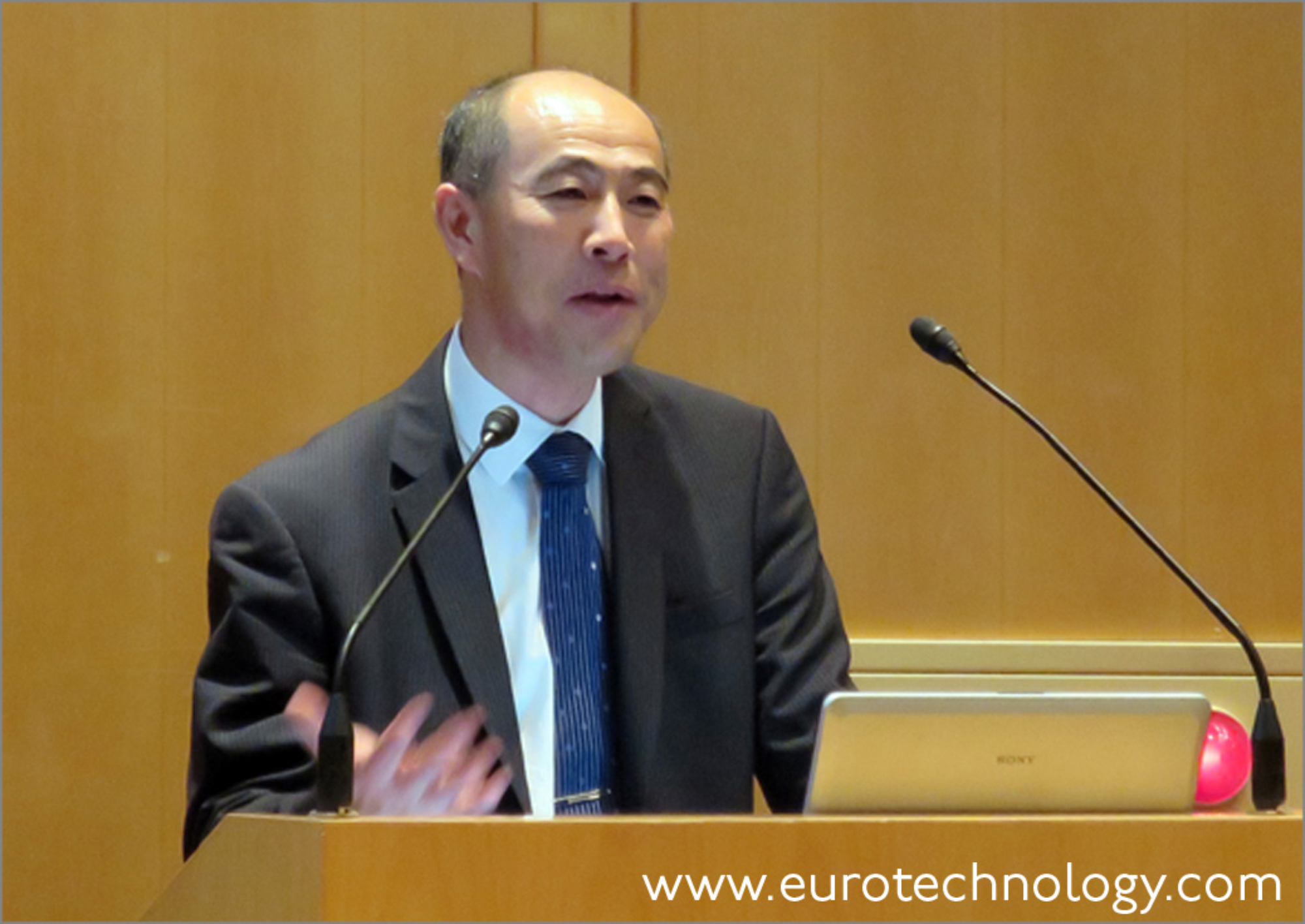Author: g_fasol
-

Growing your business in Japan
Despite being the world’s third largest market, many businesses struggle to break into Japan. The “Growing your Business in Japan” free webinar, organized by the SCI’s Science and Enterprise Group and powered by LabLinks, will provide valuable insights into the challenges of growing a chemistry-facing business in the Japanese market, and how they can be overcome. …
-

Gerhard Fasol: Corporate Governance Reforms in Japan
Foreign Correspondents Club of Japan (FCCJ): March 12, 2018 While many Japanese corporations are still admired around the world, too many have for years suffered sluggish growth and low profitability. A string of corporate scandals and failures have shocked the pubic and corroded confidence in Japanese business. The government of Prime Minister Shinzo Abe has…
-

Japan GDP growth first quarter 2017 – Gerhard Fasol interviewed by Rico Hizon on BBC TV
Japan’s economy grows five quarters in a row, and Japan Post books losses of YEN 400.33 billion (US$ 3.6 billion) for an acquisition in Australia by Gerhard Fasol Japan GDP growth first quarter 2017, growth of 2%/year. Still, Japan’s economy is the same size as in 2000, while countries like France, Germany, UK today are…
-

Women determine Japan’s future – Bill Emmott and Gerhard Fasol discuss Japan’s future
Bill Emmott and Gerhard Fasol about the future of Japan and the power of Japanese women Bill Emmott is an independent writer and consultant on international affairs, board director, and from 1993 until 2006 was editor of The Economist. http://www.billemmott.com Gerhard Fasol is physicist, board director, entrepreneur, M&A advisor in Tokyo. http://fasol.com/ women determine Japan’s…
-

Economic growth for Japan in 2016?
Japan’s companies are key to Japan’s growth by Gerhard Fasol Economic growth: Almost everyone agrees that economic growth is preferred over stagnation and decline. Fiscal policy and printing money unfortunately can’t deliver growth. Building fresh new successful companies, returning stagnating or failed established companies back to growth (see: “Speed is like fresh food” by JVC-Kenwood…
-

Volkswagen Suzuki divorce – lessons for partnership strategies in Japan
“Mr Suzuki didn’t want to be a VW employee” (Prof. Dudenhoeffer via Bloomberg) Partnerships in Japan without meeting of minds, trust, and communication don’t work by Gerhard Fasol, All Rights Reserved. 18 September 2015 On 9 December 2009, Volkswagen-CEO Mr Martin Winterkorn and Suzuki-CEO Mr Osamu Suzuki at a press conference in Tokyo announced a…
-

Hulu Japan operations sold to Nippon Television
Hulu ends direct operations in Japan be Gerhard Fasol Continues licensing relationship with Nippon Television Network Corporation Hulu started Japan operations on August 31, 2011, and less than three years later, CEO Mike Hopkins announced in his blog the sale of Japan operations to Nippon Television Network Corporation (日本テレビ放送網株式会社). During this time, Hulu Japan had…
-
Burberry solves its “Japan problem”, at least for now
by Gerhard Fasol, All Rights Reserved. 18 August 2015 Burberry goes direct in the world’s most important luxury market: why did Burberry not decide on less disruptive options? – Sanyo-Shokai pivots from Burberry to Mackintosh and continues the valuable Black Label and Blue Label lines Burberry Japan – the start of a relationship: Sanyo Shokai…
-

Google Play apps Japan: which android apps show highest revenues?
Top grossing apps (Feb. 18, 2015) Google play apps Japan ranking in Japan by gross revenues AppAnnie showed that in terms of combined iOS AppStore + Google play apps Japan revenues, Japan is No. 1 globally, spending more than the USA. Therefore Japan is naturally the No. 1 target globally for many mobile game companies!…
-

Japan apps: which are the top grossing apps in Japan’s iPhone app store?
Top grossing app ranking (Feb. 10, 2015) by Gerhard Fasol AppAnnie showed that in terms of combined iOS AppStore + Google Play revenues, Japan is No. 1 globally, spending more than the USA. Therefore Japan is naturally the No. 1 target globally for many mobile game companies, and quite a few of the top grossing…
-

Japanese management – why is it not global? What should we do? asks Masamoto Yashiro
Masamoto Yashiro: Japan leader and Chairman emeritus of Esso, Exxon, Citibank, Shinsei Bank Masamoto Yashiro at brainstorming by President of Tokyo University Masamoto Yashiro’s talk notes by Gerhard Fasol and with permission and reviewed by Masamoto Yashiro Masamoto Yashiro is a legend in Japan’s banking and energy industry. He built Shinsei Bank from the ashes…
-

Sir Stephen Gomersall on UK-Japan business and globalization
Sir Stephen Gomersall: former British Ambassador to Japan and Chairman of Hitachi Europe Sir Stephen Gomersall on UK-Japan business and globalization: Globalization and the art of tea Hitachi – Japan’s most iconic corporation – under the leadership of Chairman & CEO, Hiroaki Nakanishi embarked on the “Smart Transformation Project” to globalize, to face a world…
-

Fidelity Japan market entry into Japan’s cloud and data center markets via KVH
Fidelity: Japan market entry the patient and careful way Fidelity’s Colt to acquire KVH for YEN 18.595 billion (€ 130.3 million = US$ 160 million) Both Colt and KVH were founded with investments by Fidelity Investments and associated companies, Colt in London in 1992, and KVH in 1999 in Tokyo, as telecommunications service providers for…
-

Vodafone Japan could have been a business worth US$ 50 billion today! Why did Vodafone Japan fail and sell to SoftBank?
What can we learn from Vodafone’s failure in Japan? by Gerhard Fasol Had Vodafone been successful in Japan, Vodafone’s Japan business could be worth € 40 billion (US$ 50 billion) today In a separate blog post “EU-Japan Management: What is the value of good management?” we analyze what the value of Vodafone’s Japan business might…
-

Japan new energy policy creates opportunities for renewables, smart grid and more – interview by The Economist
Japan energy policy: interview for The Economist on YouTube by Gerhard Fasol Japan energy policy – interview outline: Japan energy policy Question: Is the new energy policy of Japan’s Government an appropriate response to the situation or a missed opportunity Answer summary:The Government in its new strategy summarizes Japan’s energy situation and proposes a cocktail…
-

NASDAQ quit Japan in 2002, and London Stock Exchange quit Japan in 2012 for similar reasons. Read why.
NASDAQ and London Stock Exchange both hope to build stock markets in Japan. And both failed for similar reasons and with similar end results by Gerhard Fasol NASDA and LSE: in both cases the stock markets NASDAQ and LSE created are still continuing business in Japan after there departure Initially, London Stock Exchange and Tokyo…
-

Abenomics – and – Why did Japan stop growing?
Professor Takeo Hoshi, Professor of Economics at Stanford, about Abenomics success probability Abenomics success probability is 12%, 88% probability of failure Takeo Hoshi, Professor at Stanford University, who devotes his life to work on Japan’s economy at US Universities, gave a talk at the Swedish Embassy organized by the Stockholm School of Economics on Monday,…
-

High-tech market entry to Japan: new opportunities versus old mistakes (Stanford University lecture)
Success stories vs failure. Why some foreign companies succeed in Japan’s high tech sector, and why others fail. High-tech market entry to Japan: Stanford University Japan Technology Center lecture by Gerhard Fasol New opportunities vs old mistakes – foreign companies in Japan’s high-tech markets Stanford University lecture, given on October 28th, 1999 This lecture was…